The Unnerving Lore Behind Terengganu’s ‘Ulek Mayang’ Folk Dance & Why The Lyrics Are Incomplete
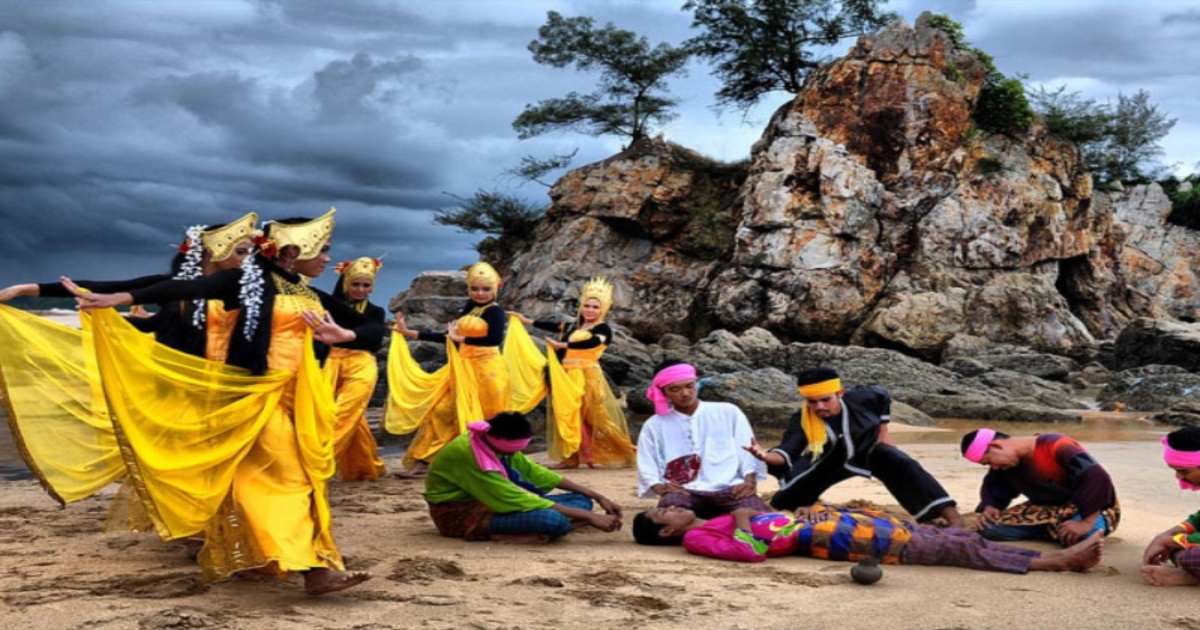 Thirsty for JUICE content? Quench your cravings on our Instagram, TikTok and WhatsApp
Thirsty for JUICE content? Quench your cravings on our Instagram, TikTok and WhatsApp
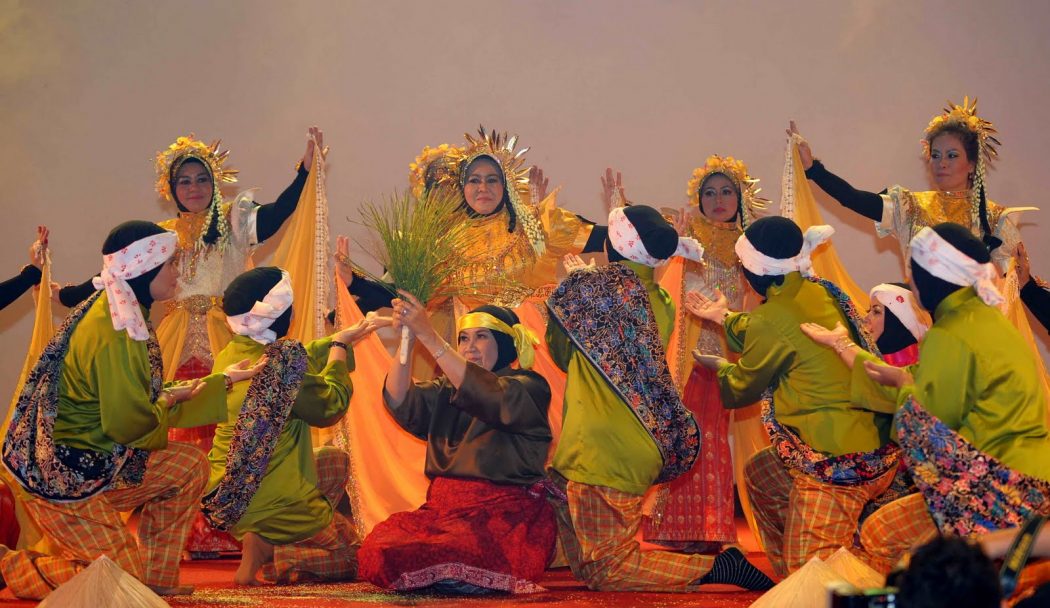
Most Malaysians are familiar with the traditional Ulek Mayang song and dance which hails from Terengganu. Back in the day, Habsah Jusoh’s cover was commonly featured on TV1.
The slow melody has since gained a certain cinematic value after being used in local films and series.
Last year, the set of ‘Ulek Mayang’, an episode from the Malaysian Ghost Stories series, was disrupted when local actress Neera Azizi was believed to have been “disturbed by something which the eye cannot see” on the very first day of filming.

It was reported that the actress had punched the Ustaz while he recited the Quran later on in attempt to comfort her.
Naturally, the issue led to rumours and general talk of Ulek Mayang resurfacing online.
Here are the creepy myths and stories that go hand-in-hand with its catchy tune…
The origins of Ulek Mayang
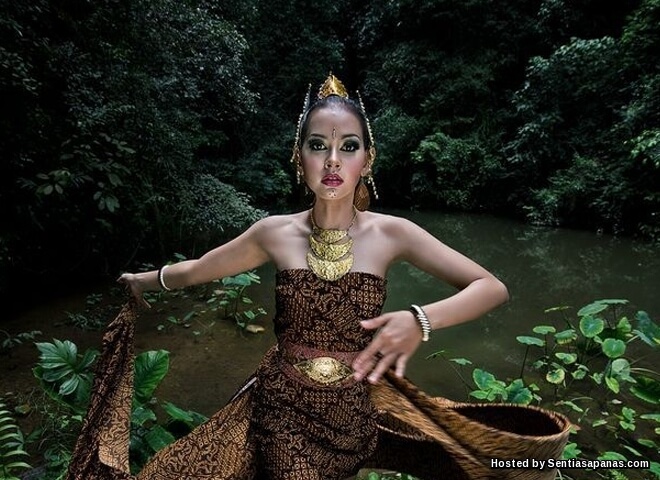
The origins of Ulek Mayang date back to hundreds of years ago, when a fisherman was possessed by a female sea spirit, all because he had rejected her romantic advances. According to legend, the possession took place during a storm in the middle of the sea.
The fisherman never made it back to shore and his absence was noticed after the storm subsided. A bomoh (shaman) was contacted, and he claimed that the fisherman had been kidnapped by a puteri bunian or an elf princess in local folklore.
The bomoh sang the Ulek Mayang to bring the fisherman back to the real world, but was forced to face the wrath of six other princesses. That was until the eldest of the sisters, who is also deemed the most beautiful and intelligent among the seven, invited the bomoh to have a talk and solve the problem.
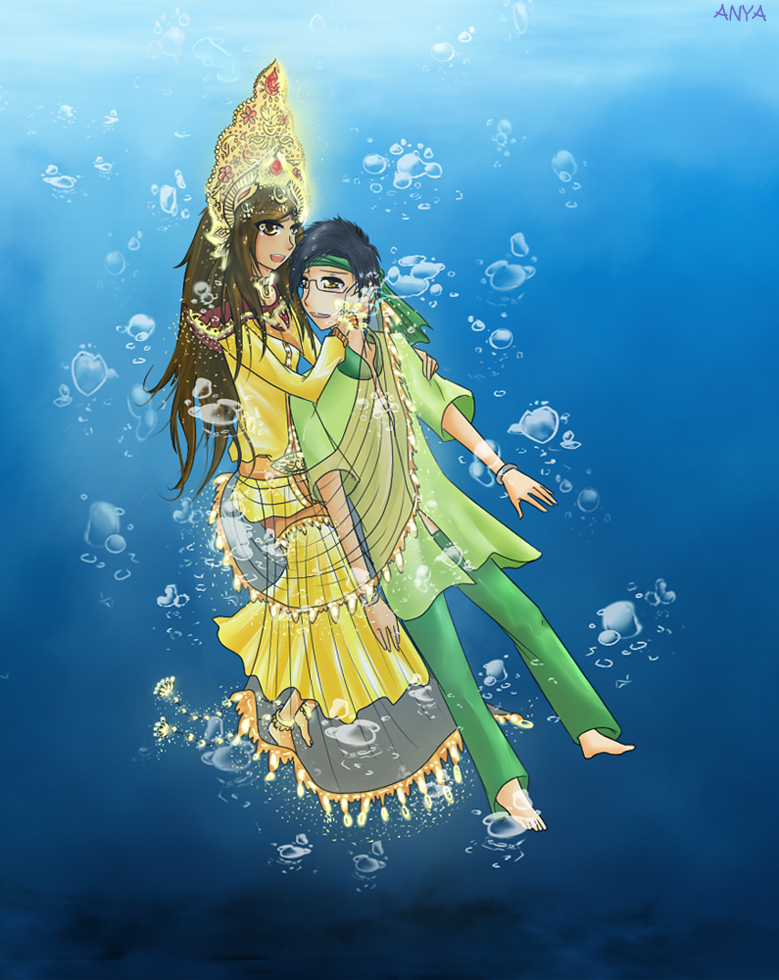
The bomoh pleaded with her to return the fisherman, with offerings of food such as yellow glutinous rice and roast chicken. She complied, ordering her sisters to release the fisherman and return to the sea.
She said, “I know where you come from. The sea returns to the sea, the land returns to the land.”
The ritual is said to take 3 days and 3 nights to come into effect and was performed again when other fishermen in the area went missing. It is said that the villagers would work together to feed and care for the bomoh when this happened to ensure that the victim comes back safe and sound.
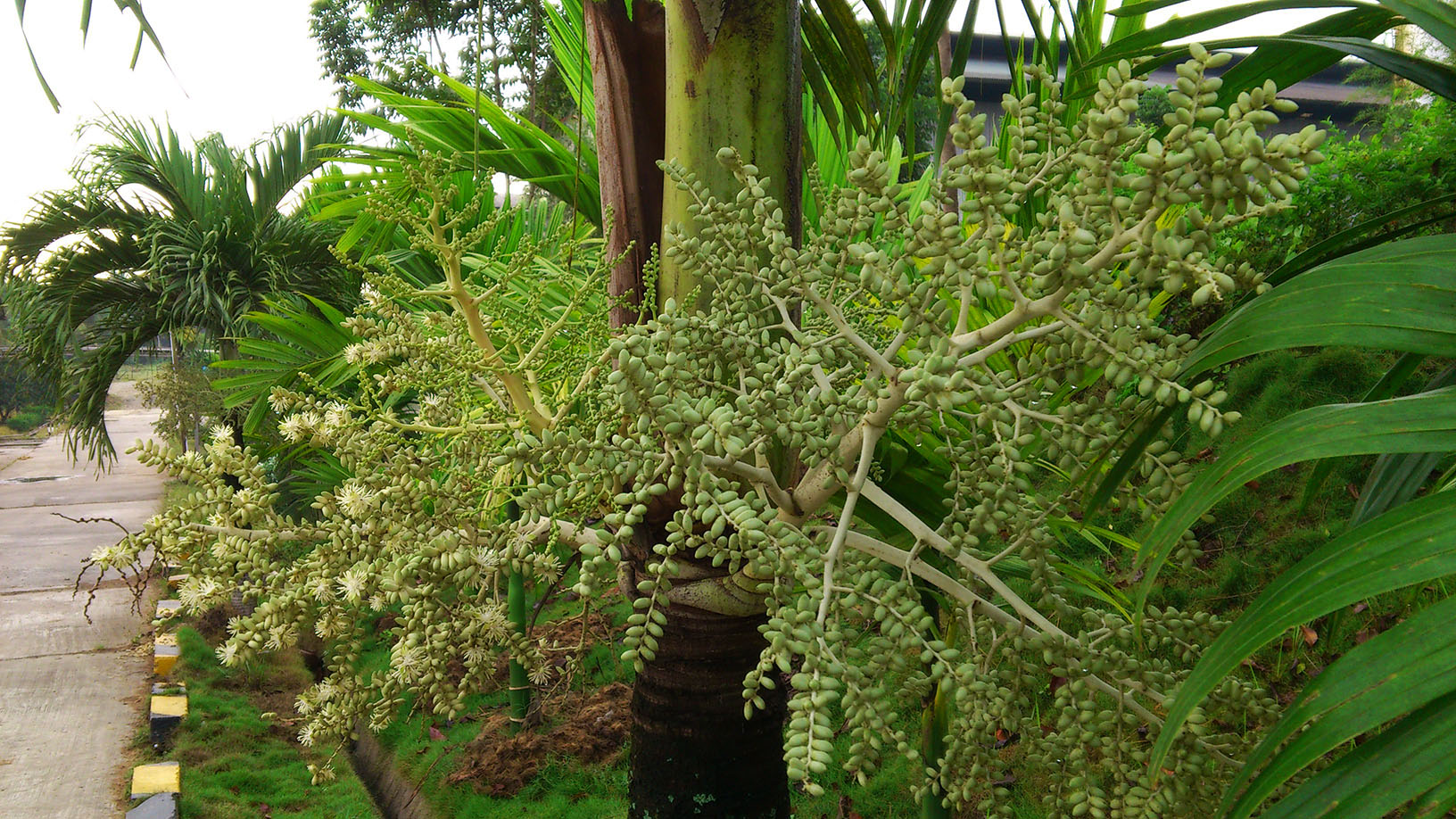
Following that, mayang pinang (flowers of betel nut trees) are placed on the victim’s face, before the Ulek Mayang dance is performed. Beeswax, magnolia, jasmine and rice paddy are also used during the bomoh‘s ‘power struggle’ with the elf princesses.
It is believed that the six princesses use magical forces to fight off and tire the bomoh until the arrival of the seventh princess. Upon discussion and once she agrees to let the victim go, the bomoh would offer the yellow Nasik Berwarna once again.
This was said to have occurred in the era of animism, but many claim that it was during the time where the Malays still practiced Hinduism.
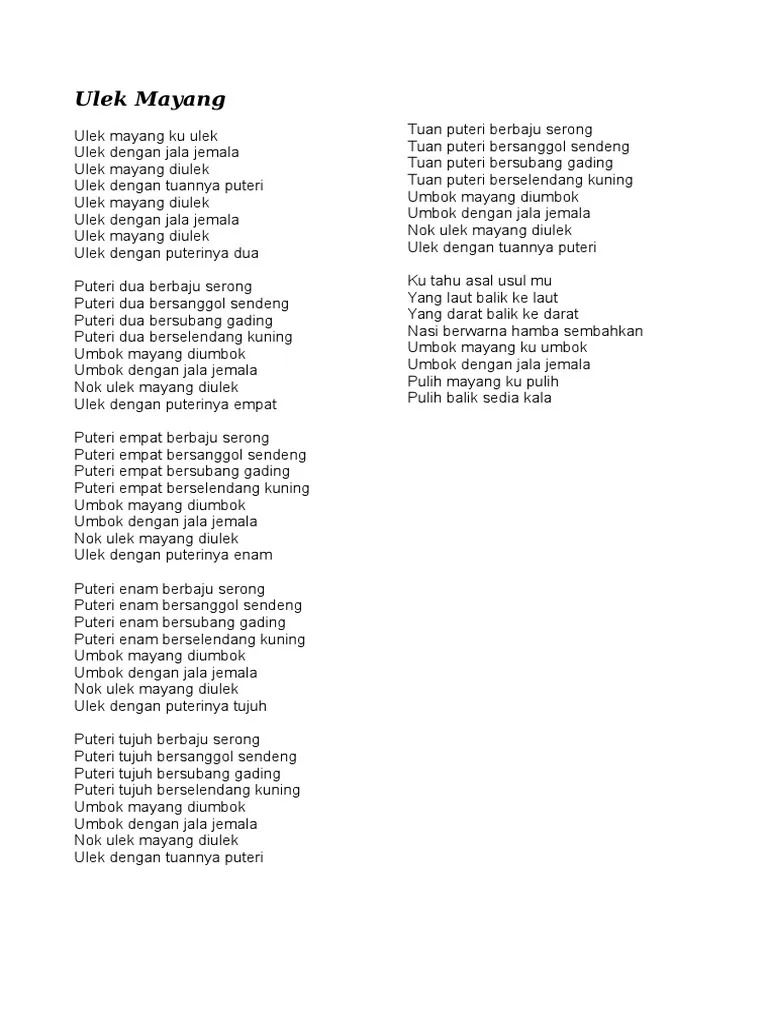
The most well-known and eerie aspect of Ulek Mayang is that despite the presence of seven princesses, only the second, fourth, sixth and sometimes the seventh are mentioned in the song. This is because the bomoh said that the odd numbered princesses are more powerful and he feared that if their names were mentioned, they may possess other people as well.
As Ulek Mayang is now performed for cultural purposes, it is also unnecessary for all their names to be spoken as this will also complete the ritual.
However, the complete version is still accessible and was recently performed at the Shah Alam Lake Cultural Site.
Netizens claim that those present fell silent, and the dancers appeared to have gone into a trance.
What do you think of this chant?


 Get Audio+
Get Audio+ Hot FM
Hot FM Kool 101
Kool 101 Eight FM
Eight FM Fly FM
Fly FM Molek FM
Molek FM

